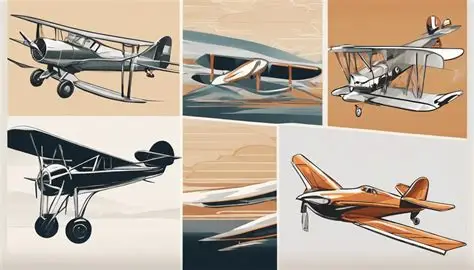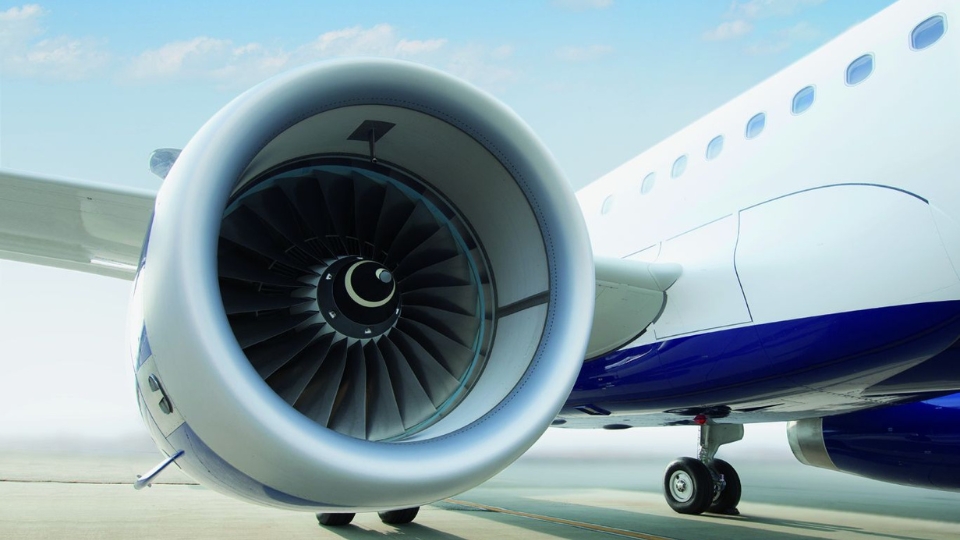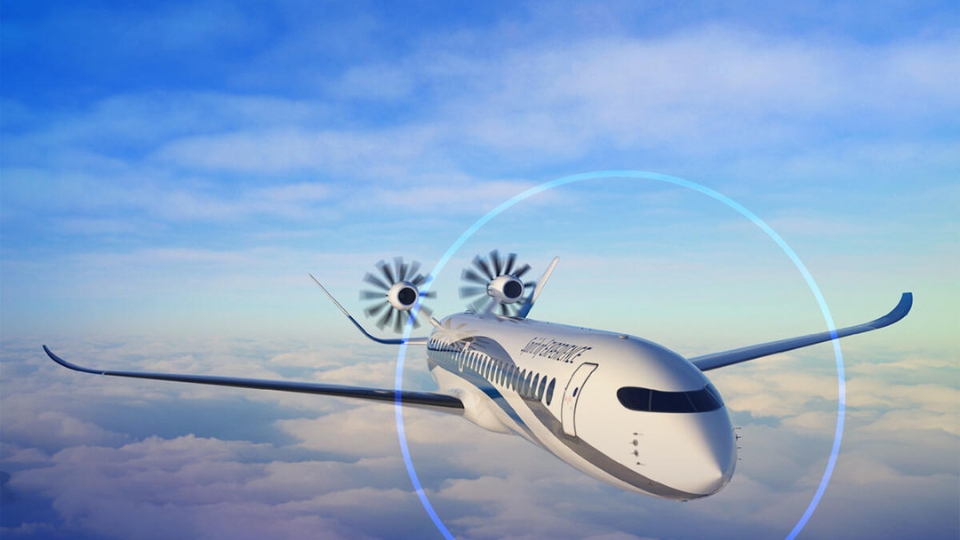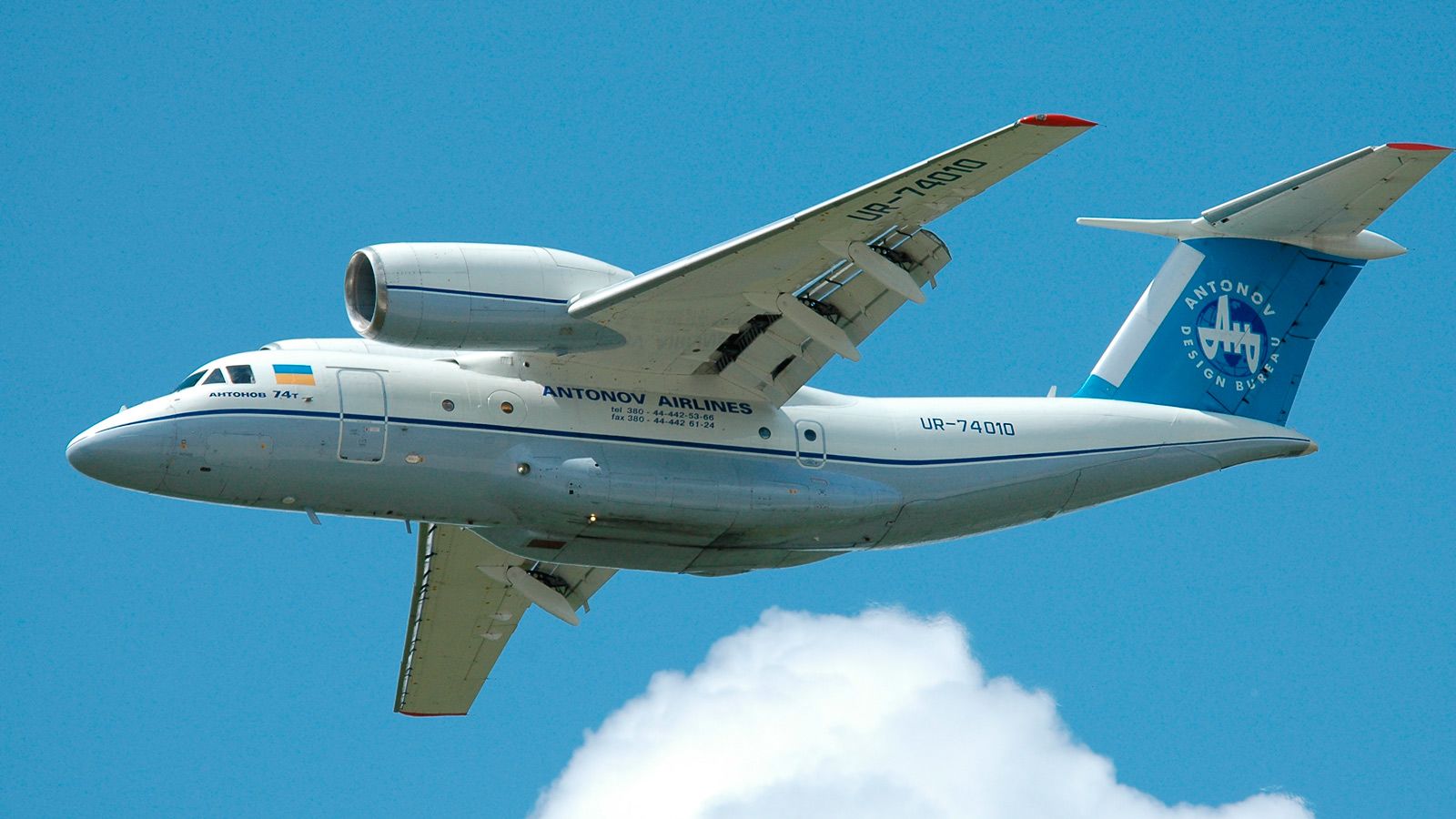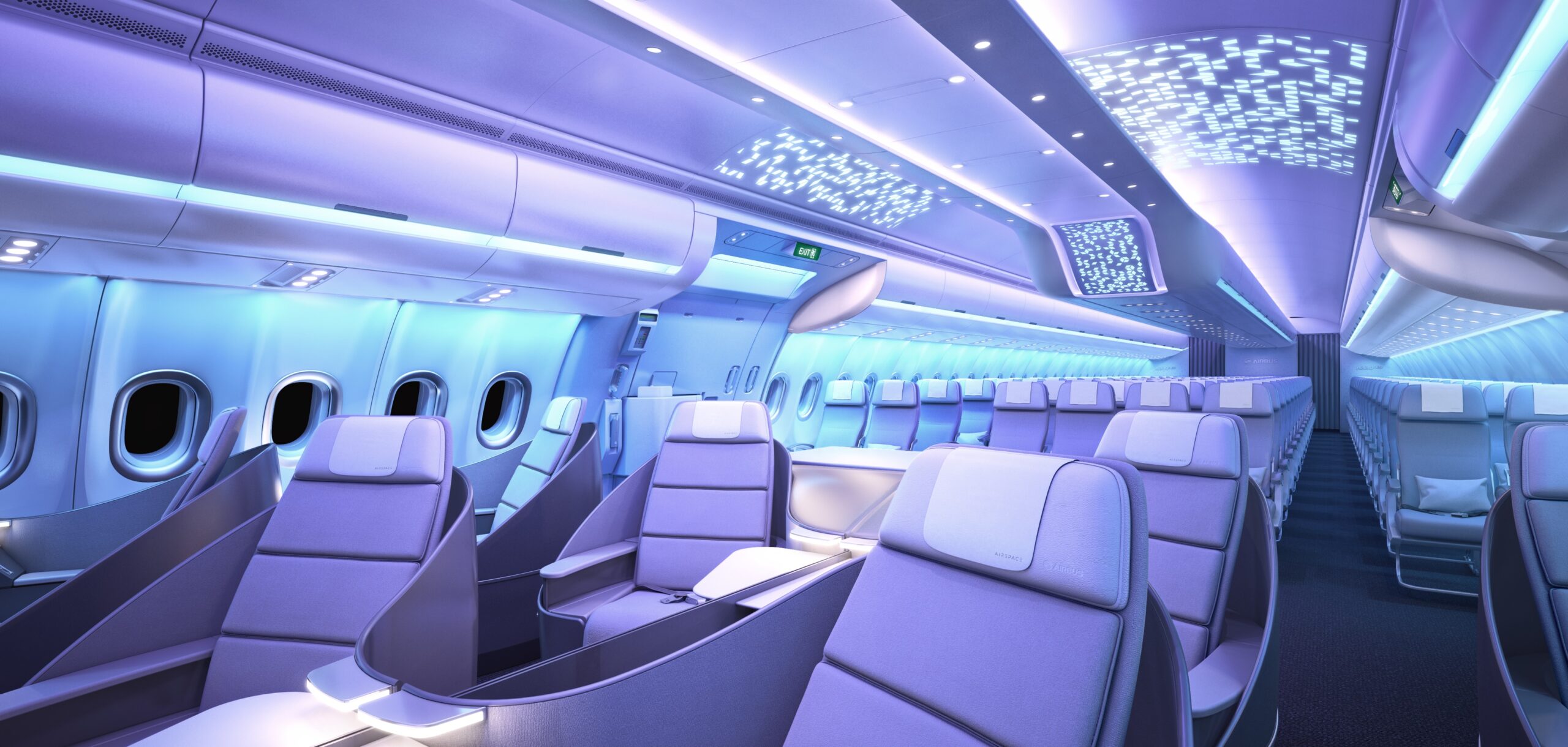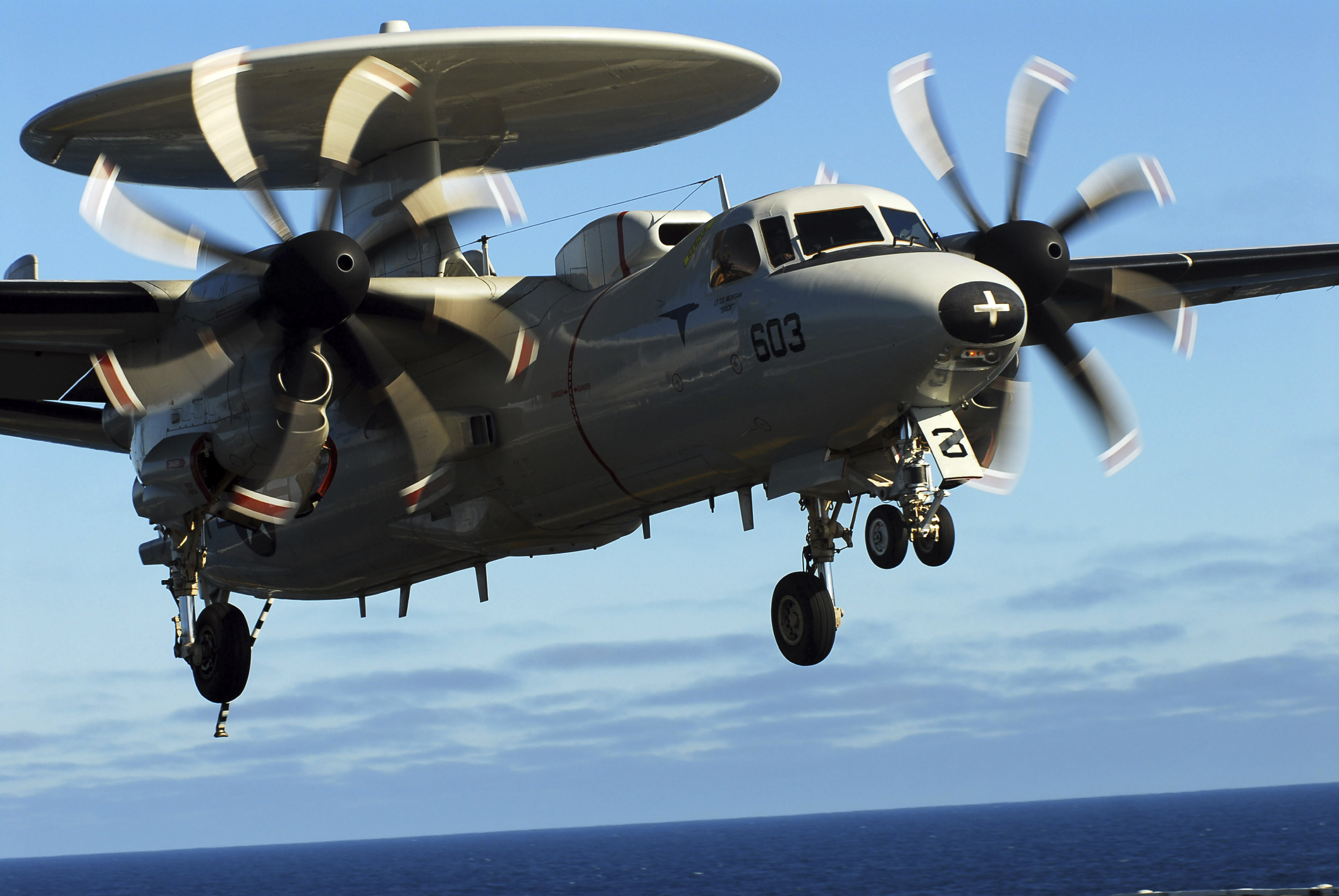Aviation has transformed the world by making long-distance travel fast and accessible. From fragile wooden planes to sleek supersonic jets, aircraft design has changed dramatically. Each era in aviation brought new materials, shapes, and technologies that pushed the limits of flight. Let’s explore how aircraft design evolved through the years and how it continues to shape the future of travel.
The Birth of Flight: The Early 1900s
The story of aircraft design began with the Wright brothers in 1903. Their first successful flight in Kitty Hawk, North Carolina, used a lightweight wooden frame covered in fabric. The Wright Flyer relied on a small engine and simple control systems. Although basic, this invention proved that powered flight was possible.
Soon after, aviation pioneers like Alberto Santos-Dumont and Glenn Curtiss made improvements. They focused on stability and control, which helped make early planes safer and more reliable. Aircraft still looked fragile, but engineers started experimenting with different wing shapes and stronger materials.
Advancements During World War I
The First World War changed aircraft design rapidly. Nations realized that airplanes could play a crucial role in warfare. Designers shifted from simple experimental planes to faster, more durable machines. They added stronger engines and improved aerodynamics to enhance performance.
Aircraft such as the Sopwith Camel and the Fokker Dr.I introduced features like synchronized machine guns and streamlined bodies. These designs made airplanes not just tools for observation but also powerful weapons in the sky. After the war, many of these innovations found their way into civilian aviation.
The Golden Age of Aviation: 1920s to 1930s
The 1920s and 1930s marked a golden era for aviation. Designers replaced wood and fabric with lightweight metals like aluminum. This change made aircraft stronger and more durable. Streamlined shapes reduced drag, allowing planes to fly faster and farther.
Famous aircraft like the Douglas DC-3 became icons of commercial flight. It offered comfort and reliability, setting the standard for modern airliners. Meanwhile, pioneers such as Amelia Earhart and Charles Lindbergh inspired a new generation of aviators. Their long-distance flights proved the potential of aircraft for global travel.
Innovation in World War II
World War II pushed aircraft design into a new age of innovation. Engineers introduced all-metal planes, retractable landing gear, and pressurized cabins. The need for speed and efficiency led to the creation of the first jet engines.
Fighter planes like the Supermarine Spitfire and the P-51 Mustang became legends for their agility and design precision. Bombers such as the Boeing B-17 and B-29 used advanced aerodynamics and powerful engines. By the end of the war, jet-powered aircraft like the German Messerschmitt Me 262 showed the direction of future aviation.
The Jet Age: 1950s to 1970s
After World War II, the world entered the jet age. Commercial airlines began using jet-powered aircraft, which revolutionized air travel. The Boeing 707 and the Douglas DC-8 made long-distance flights faster and more comfortable.
Designers focused on passenger safety, comfort, and fuel efficiency. Swept-back wings and pressurized cabins became standard features. Military aircraft also advanced, with the introduction of supersonic jets like the F-4 Phantom. The dream of flying faster than sound became a reality when the Concorde took to the skies in 1969.
The Age of Technology and Efficiency: 1980s to 2000s
As technology advanced, aircraft design focused more on efficiency and safety. The introduction of composite materials reduced weight without sacrificing strength. Fly-by-wire systems replaced manual controls, allowing for more precise handling.
Aircraft such as the Boeing 747 and Airbus A320 reshaped commercial aviation. They carried more passengers while using less fuel. Cockpits became digital, and computer systems handled most flight operations. These changes made flying safer and more accessible than ever.
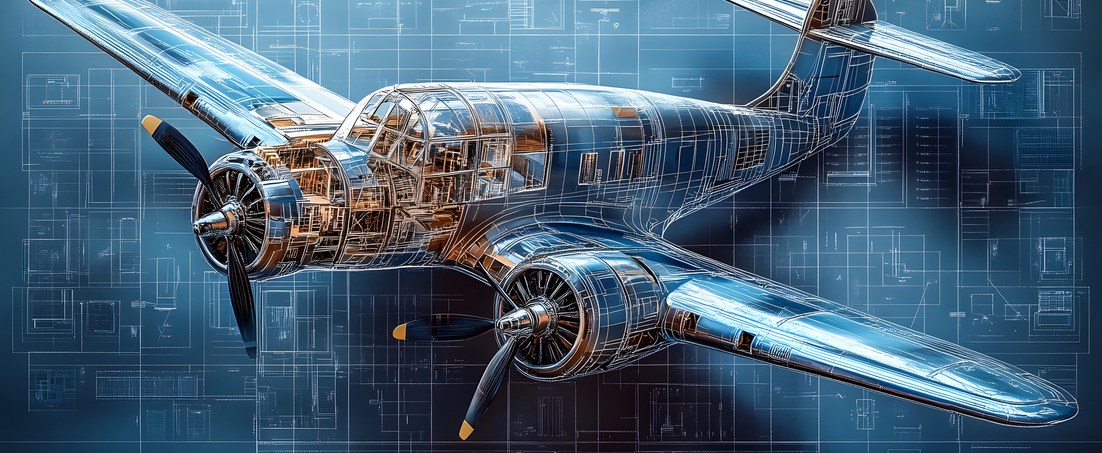
The Evolution of Aircraft Design Through the Years
The Modern Era and the Future of Flight
Today, aircraft design continues to evolve at a rapid pace. Modern airliners like the Boeing 787 Dreamliner and Airbus A350 use advanced composites, improved aerodynamics, and fuel-efficient engines. Designers also focus on sustainability by exploring electric and hybrid propulsion systems.
Looking ahead, futuristic concepts such as vertical take-off and landing (VTOL) aircraft and hydrogen-powered planes are gaining attention. These designs promise cleaner, quieter, and faster travel. The future of aircraft design aims to balance performance with environmental responsibility.
Conclusion
From the fragile Wright Flyer to today’s cutting-edge jets, aircraft design has come a long way. Each generation of engineers and pilots pushed boundaries, turning dreams of flight into reality. As technology continues to advance, the sky is no longer the limit—it’s only the beginning of what’s possible in aviation.

